Why Spain is a great place for kids
Choosing the city that's right for you
Choosing the visa that's right for you
More than just great weather
Why Spain provides a better quality of life
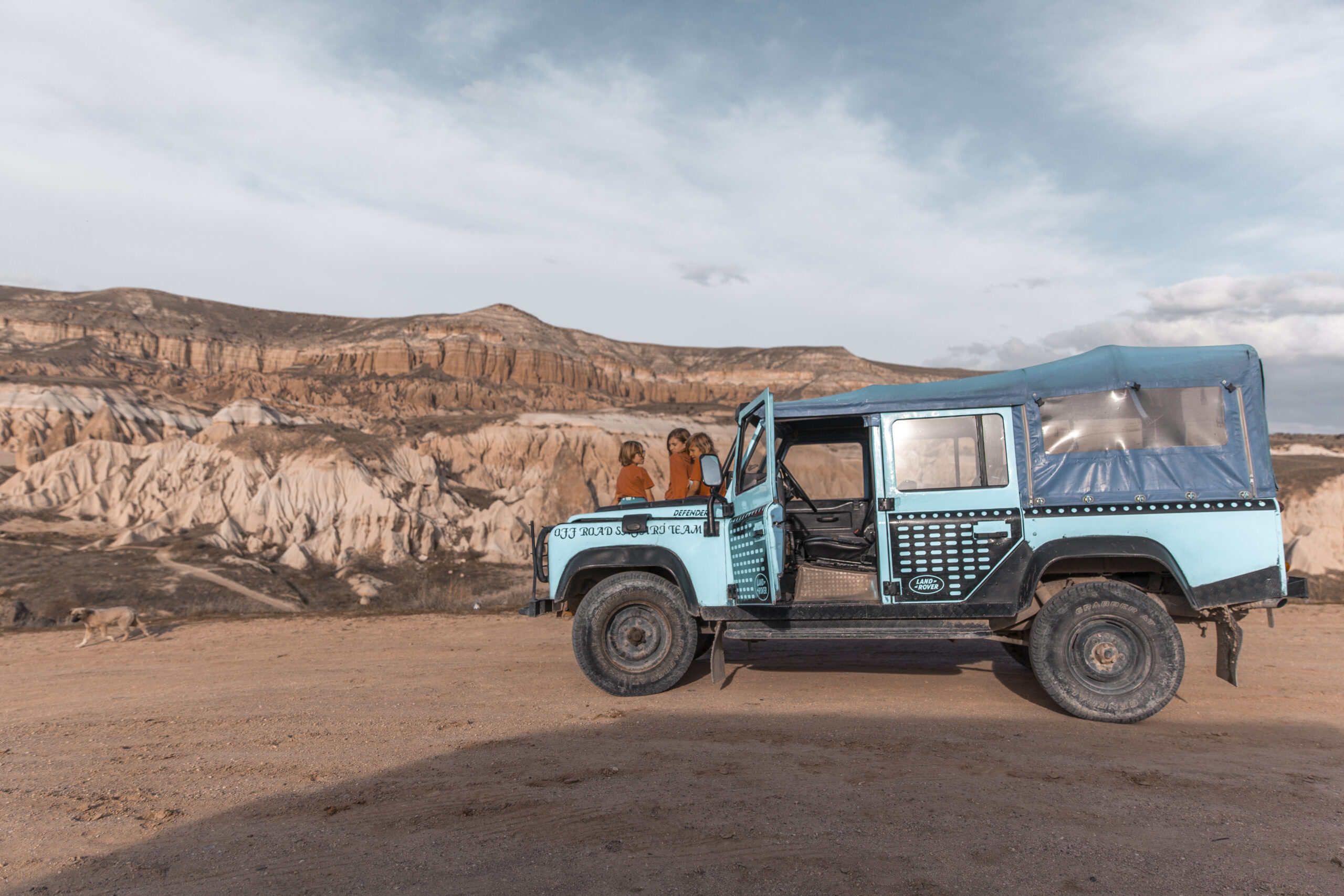
How we Plan
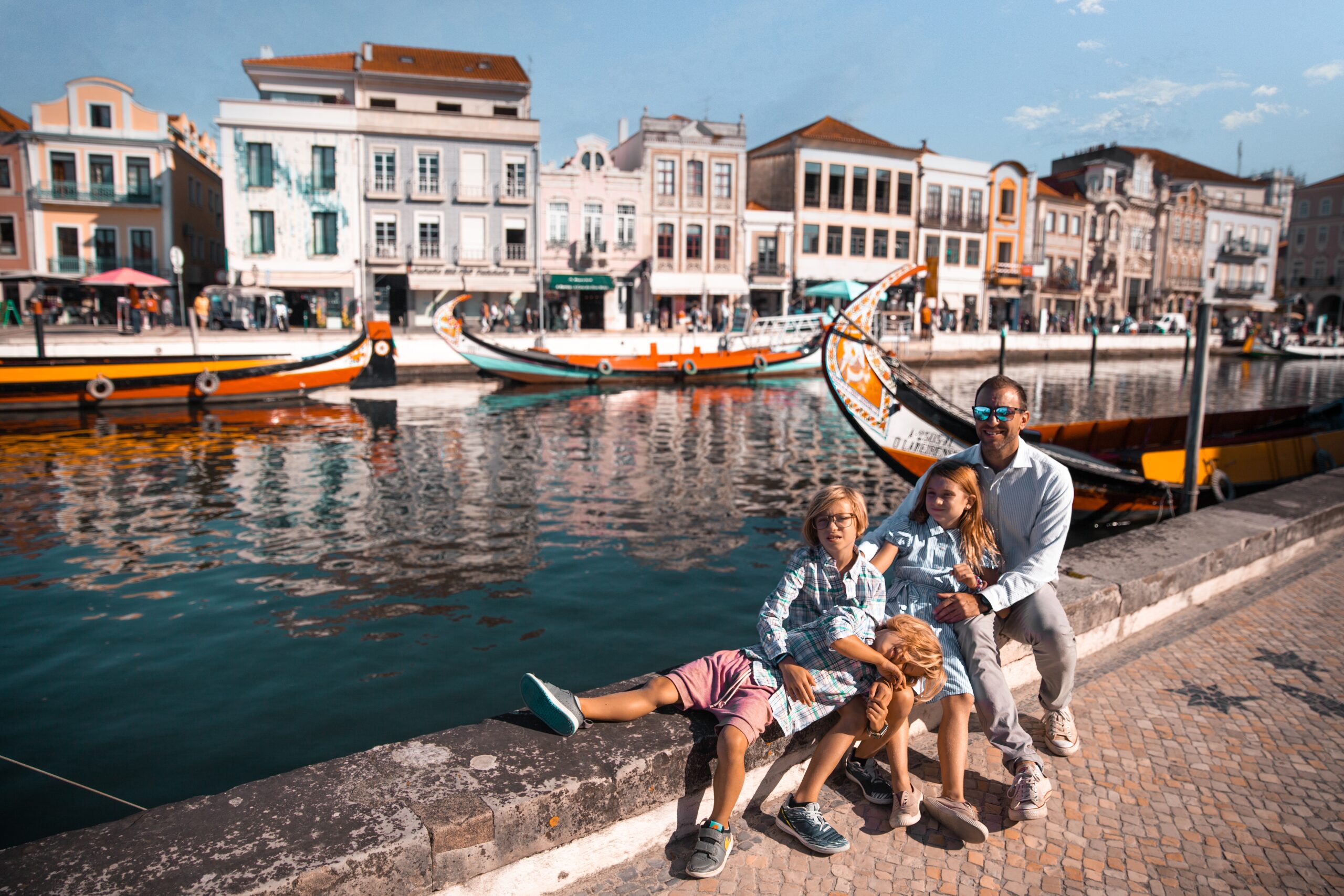
What we pack
Choosing Travel Insurance
Book Your Hotel
with Booking.com
Book Your Car
with RentalCars.com
Book Your Flight
with Skyscanner.com
Book Your Tour
with GetYourGuide.com
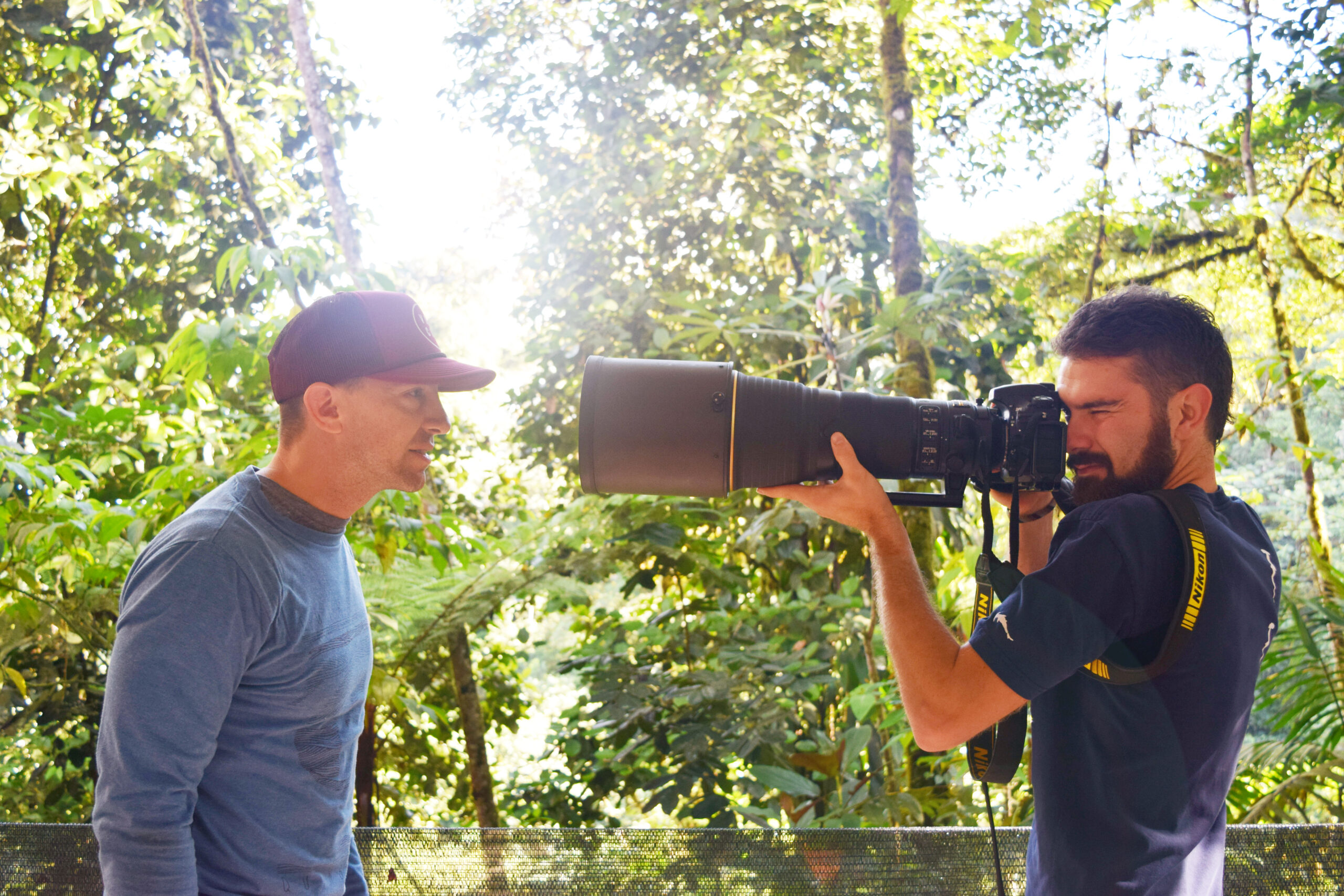
Our Camera Gear
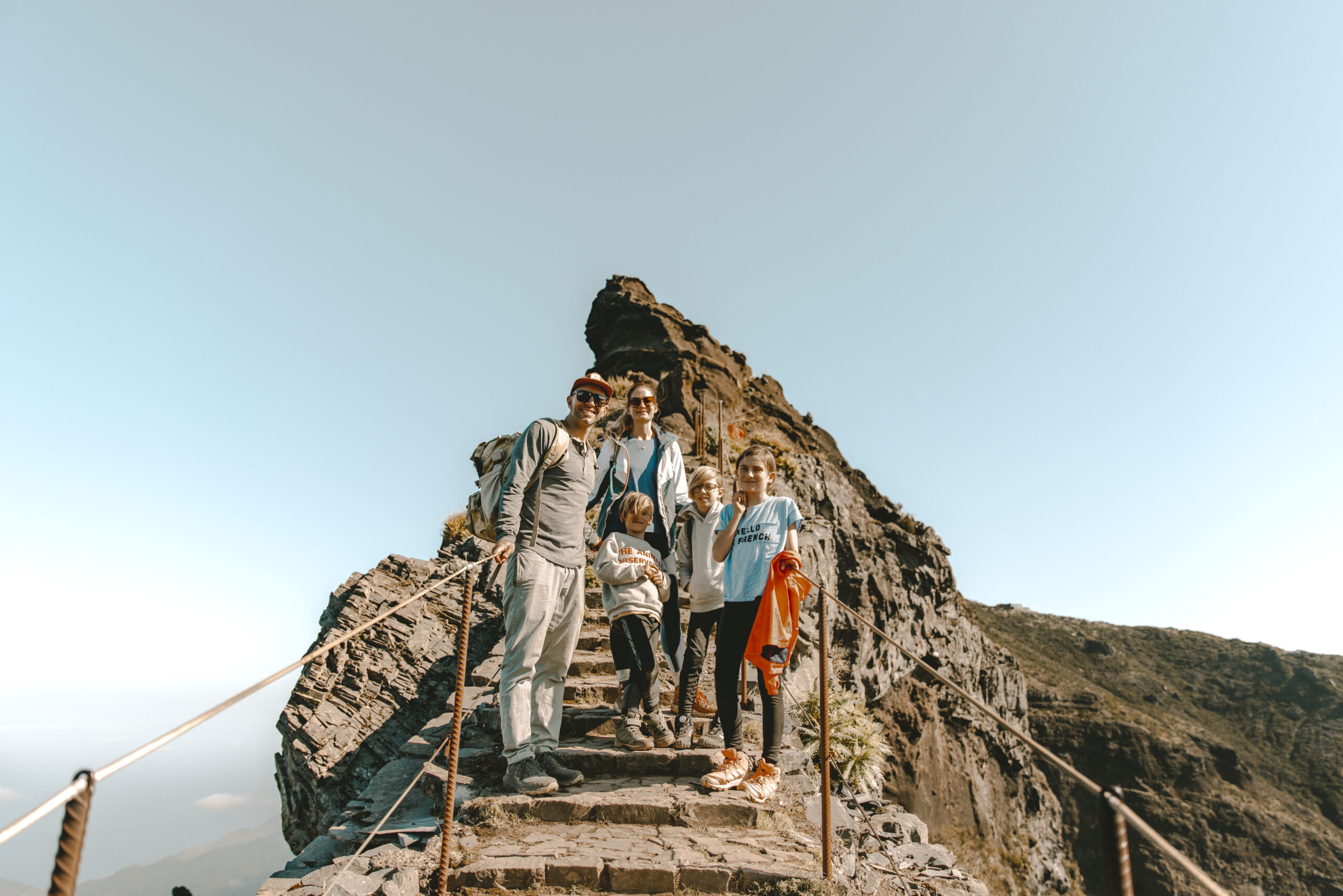
How We Fly
Choosing Your Destination
Guide to...
Australia
Embark on an epic journey to the land down under, where rugged Outback landscapes, vibrant cities, and pristine coastlines await exploration. From the iconic Sydney Opera House and the majestic Great Barrier Reef to the awe-inspiring Uluru and the cosmopolitan streets of Melbourne, Australia offers a diverse tapestry of experiences for travelers seeking adventure, culture, and natural beauty. Whether you’re diving with whale sharks in Ningaloo, hiking through ancient rainforests in Daintree, or simply enjoying a surf lesson on Bondi Beach, Australia promises an unforgettable adventure amidst the stunning landscapes and unique wildlife of this vast and captivating continent.
Map
Weather
Itineraries
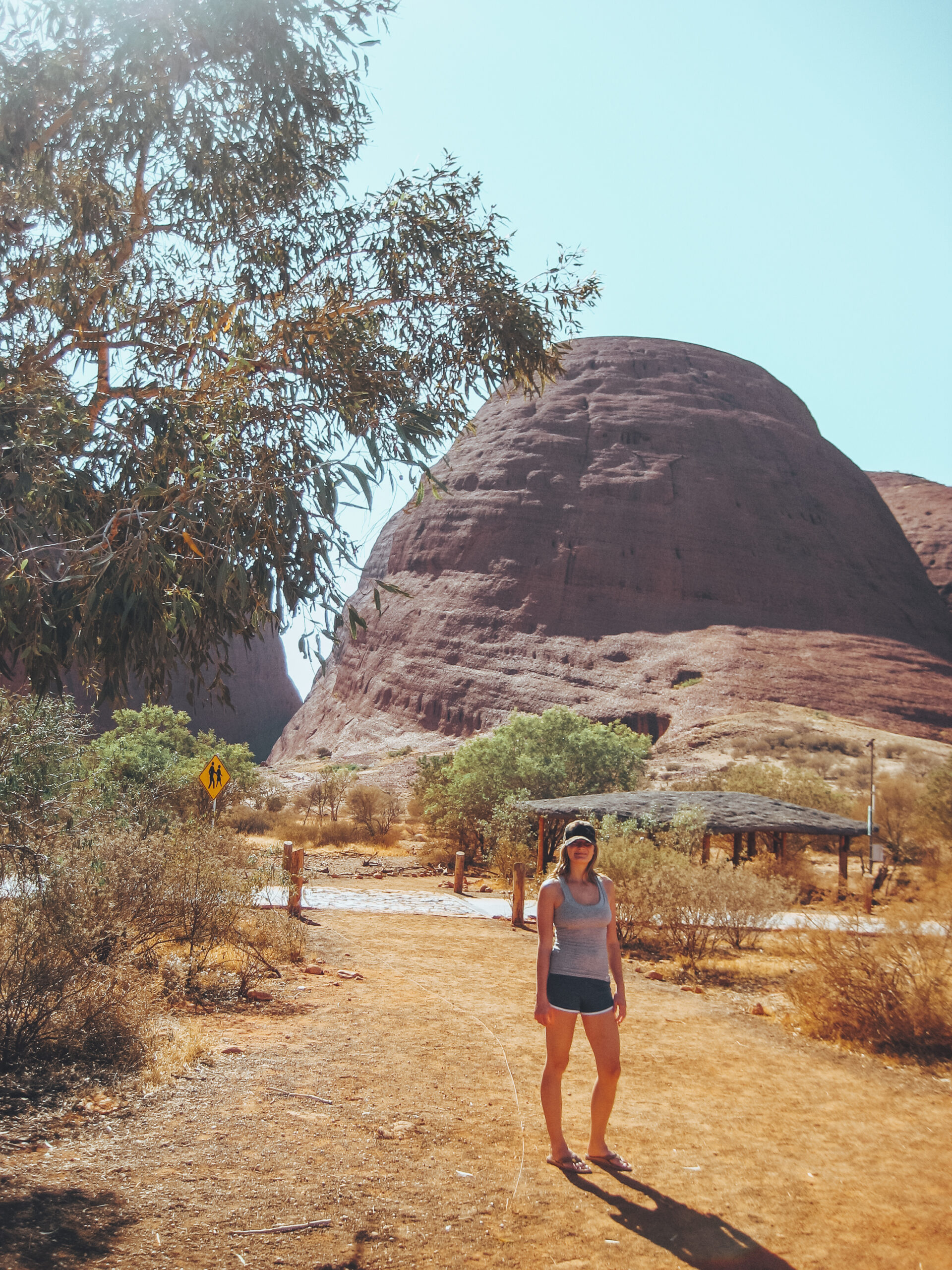
Coming Soon...
sydney
Top Five Restaurants in sydney
Quay offers an unparalleled dining experience with its stunning views of the Sydney Opera House and Harbour Bridge. The restaurant is renowned for its innovative dishes and exceptional service. Head Chef Peter Gilmore crafts a menu that combines Australian produce with international flavors, making each dish a culinary masterpiece.
Bennelong Nestled within the iconic Sydney Opera House, Bennelong provides a unique dining atmosphere with sweeping views of the harbor. Executive Chef Peter Gilmore’s menu emphasizes fresh, local ingredients, creating a refined and memorable dining experience. Bennelong is perfect for special occasions or simply to enjoy a taste of Sydney’s finest cuisine.
Aria Overlooking the Sydney Harbour, Aria is a premier fine dining restaurant that offers contemporary Australian cuisine. Chef Matt Moran focuses on seasonal produce, ensuring that each dish is as fresh and flavorful as possible. The elegant setting and stunning views make Aria a top choice for both locals and visitors.
Tetsuya’s is a must-visit for lovers of Japanese cuisine. Chef Tetsuya Wakuda blends Japanese culinary techniques with Australian ingredients to create a unique degustation menu. The restaurant’s serene setting and exceptional service add to the overall dining experience, making it a favorite among Sydney’s food enthusiasts.
Icebergs Dining Room and Bar offers breathtaking ocean views alongside its contemporary Italian cuisine. Chef Maurice Terzini combines fresh seafood with Italian flavors, creating a menu that is both sophisticated and approachable. The relaxed yet stylish atmosphere makes it an ideal spot for both casual and special dining occasions.
Top Five hotels in sydney
Shangri-La Hotel Sydney offers luxury accommodation with stunning views of Sydney Harbour, the Opera House, and the Harbour Bridge. Guests can enjoy world-class amenities, including a renowned spa, fine dining at Altitude Restaurant, and a rooftop bar. Its prime location in The Rocks makes it a perfect base for exploring the city.
The Langham, Sydney exudes elegance and charm, offering spacious rooms and exceptional service. Located in the historic Rocks district, this hotel features a beautiful indoor pool, a serene spa, and a fine dining restaurant. Its classic design and luxurious amenities make it a favorite among discerning travelers.
Park Hyatt Sydney boasts an unrivaled waterfront location with views of the Sydney Opera House. The hotel offers contemporary rooms with private balconies, a rooftop pool, and award-winning dining options. Personalized service and sophisticated design ensure an unforgettable stay in the heart of Sydney.
Four Seasons Hotel Sydney is a symbol of luxury and comfort, situated near Circular Quay. It offers stunning harbour views, an outdoor pool, and a state-of-the-art fitness center. The hotel’s renowned restaurant, Mode Kitchen & Bar, serves modern Australian cuisine, making it a popular choice for both business and leisure travelers.
Sofitel Sydney Darling Harbour combines French elegance with Australian charm. Located in the vibrant Darling Harbour area, it features luxurious rooms with panoramic views, an infinity pool, and multiple dining options. The hotel’s chic design and prime location make it ideal for enjoying Sydney’s attractions and nightlife.
FAQ's
What are the main things to do with kids in Australia?
Australia is a vast and diverse country that offers a plethora of activities and attractions for families with kids. Here are some of the main things to do with kids in Australia:
1. Visit Iconic Attractions:
– Sydney Opera House and Sydney Harbour Bridge (Sydney)
– Great Barrier Reef (Queensland)
– Uluru-Kata Tjuta National Park (Northern Territory)
– Taronga Zoo and Sydney Aquarium (Sydney)
– Melbourne Zoo and SEA LIFE Melbourne Aquarium (Melbourne)
2. Explore National Parks and Outdoor Adventures:
– Hike and explore the stunning landscapes of national parks like Kakadu, Royal National Park, and Cradle Mountain-Lake St. Clair National Park.
– Go camping, fishing, and enjoy water activities like snorkeling and kayaking.
3. Experience Wildlife Encounters:
– Visit wildlife parks and sanctuaries like Lone Pine Koala Sanctuary (Brisbane), Healesville Sanctuary (Melbourne), and Currumbin Wildlife Sanctuary (Gold Coast).
– Go whale watching or swim with dolphins in various coastal locations.
4. Discover Interactive Museums:
– Scienceworks and Melbourne Museum (Melbourne)
– Questacon (Canberra)
– Australian Museum (Sydney)
– National Maritime Museum (Sydney)
5. Enjoy Theme Parks and Waterparks:
– Dreamworld, WhiteWater World, and Movie World (Gold Coast)
– SeaWorld and Wet’n’Wild (Gold Coast)
– Luna Park (Sydney)
6. Explore Beaches and Coastal Activities:
– Visit iconic beaches like Bondi Beach (Sydney), Surfers Paradise (Gold Coast), and St Kilda Beach (Melbourne).
– Enjoy beach activities like swimming, surfing, and building sandcastles.
7. Attend Cultural Events and Festivals:
– Sydney Royal Easter Show
– Vivid Sydney (Sydney)
– Melbourne Comedy Festival
– Adelaide Fringe Festival
8. Learn about Indigenous Culture:
– Visit Aboriginal cultural centers and participate in guided tours to learn about the rich indigenous heritage.
– Attend indigenous cultural events and festivals.
These are just a few examples of the many family-friendly activities and attractions available in Australia. With its diverse landscapes, vibrant cities, and rich cultural heritage, Australia offers endless opportunities for memorable experiences with kids.
What is Australia famous for?
Australia is famous for many things, including:
1. Unique Wildlife: Australia is renowned for its incredible array of unique wildlife, including kangaroos, koalas, wombats, echidnas, and the iconic platypus. The country is also home to a diverse range of venomous snakes and deadly spiders.
2. Great Barrier Reef: The Great Barrier Reef is one of the world’s most spectacular natural wonders and the largest coral reef system on the planet. This UNESCO World Heritage site is famous for its vibrant marine life, colorful coral formations, and diverse ecosystems.
3. Sydney Opera House: The Sydney Opera House is one of the most iconic and recognizable buildings in the world, known for its unique expressionist modern design by architect Jørn Utzon. It is a UNESCO World Heritage Site and a major tourist attraction.
4. Uluru (Ayers Rock): Uluru, also known as Ayers Rock, is a massive sandstone monolith located in the heart of the Northern Territory’s Red Centre. This iconic natural formation is sacred to the Aboriginal people and a significant part of Australian cultural heritage.
5. Outback: The vast and rugged Australian Outback, with its arid landscapes, red desert sands, and unique flora and fauna, is an iconic part of the Australian identity and a popular destination for adventure seekers.
6. Beaches: Australia is famous for its stunning beaches, including Bondi Beach in Sydney, Surfers Paradise on the Gold Coast, and the pristine beaches of the Whitsunday Islands.
7. Wine: Australia is renowned for producing world-class wines, particularly from regions like the Barossa Valley, Margaret River, Hunter Valley, and Yarra Valley.
8. Sports: Australia is a sports-loving nation and is famous for its success in sports like cricket, rugby, Australian rules football, and swimming.
9. Aboriginal Culture: The rich and ancient Aboriginal culture, dating back tens of thousands of years, is an integral part of Australia’s identity and is celebrated for its art, music, storytelling, and connection to the land.
10. Diverse Landscapes: From the lush rainforests and coastal areas to the arid outback and snow-capped mountains, Australia is famous for its diverse and stunning natural landscapes.
These are just a few of the many things that Australia is famous for, making it a unique and captivating destination for visitors from around the world.
What power plug type does Australia use?
Australia uses Type I power plug and outlet standards, which are also used in several other countries including New Zealand, Fiji, Samoa, and Argentina.
The Type I plug has two flat parallel pins arranged in a V-shape, with an optional third flat pin for ground/earth connection. The Australian socket outlets have slanted flat slots to accommodate the V-shaped pins.
Specifically, the Australian power plug and outlet specifications are:
– Voltage: 230V
– Frequency: 50Hz
– Power Outlet: Type I (AS/NZS 3112)
– Plug Type: Flat pins in a V-shape
– Pin Diameter: 6.5mm
– Current Rating: 10A (maximum)
It’s important for travelers to Australia to carry the appropriate power adapters and converters if their electrical devices are not compatible with the Australian Type I power outlets. Many modern devices like laptops and mobile phone chargers are dual or multi-voltage, so they only require a plug adapter, not a voltage converter.
Universal plug adapters that work in Australia typically have a Type I socket to accept the V-shaped Australian plug pins. Higher wattage appliances like hair dryers or straighteners may require a voltage converter in addition to a plug adapter.
Is Australia safe?
Overall, Australia is generally considered a very safe country to visit. However, as with any travel destination, it’s still important to take reasonable precautions. Here are some key points about safety in Australia:
1. Low Crime Rates: Australia has relatively low rates of violent crime compared to many other countries. Major cities like Sydney, Melbourne, and Perth are regarded as safe for tourists.
2. Wilderness Dangers: Some of the biggest safety concerns in Australia relate to the natural environment, such as venomous snakes, spiders, crocodiles (in northern areas), and the harsh conditions of the Outback if not properly prepared.
3. City Smarts: As with any major city, it’s advisable to exercise normal city smarts – be aware of your surroundings, don’t carry excessive cash/valuables, and avoid isolated areas late at night.
4. Rip Currents: Powerful rip currents at Australia’s beaches can be dangerous for swimmers. It’s crucial to swim between the red-and-yellow flags and heed advice from lifeguards.
5. Driving Safety: Road conditions are generally good, but driving long distances requires careful planning due to the remoteness of some areas. Fatigue and wildlife are hazards to be aware of.
6. Natural Disasters: Bushfires, floods, and cyclones can occur in various parts of Australia, so it’s wise to monitor weather warnings during your visit.
Overall, millions of tourists visit Australia every year without incident. Taking common-sense precautions, respecting the environment, and following local guidance will help ensure a safe and enjoyable trip.
What are the best tips for finding the cheapest flights on Skyscanner Australia?
Here are some of the best tips for finding the cheapest flights on Skyscanner Australia:
1. Be flexible with your travel dates: Skyscanner allows you to search for flights across a whole month or even an entire year. Being flexible with your travel dates can help you find the cheapest fares.
2. Use the “Everywhere” search: If you’re not set on a specific destination, try the “Everywhere” search option on Skyscanner. This will show you the cheapest flights from your chosen airport or city.
3. Set up price alerts: Skyscanner’s price alert feature will notify you when the price for your desired route changes, allowing you to book when the fares are lowest.
4. Check nearby airports: Expand your search to include nearby airports, as fares can vary significantly between airports in the same general area.
5. Browse the “Cheapest Month” option: Skyscanner’s “Cheapest Month” feature allows you to see the cheapest month to travel to your desired destination.
6. Mix and match airlines: Be open to mixing and matching airlines, as sometimes booking two one-way tickets on different airlines can be cheaper than a round-trip on a single airline.
7. Use the “Everywhere” destination map: The “Everywhere” destination map on Skyscanner displays prices to various destinations from your chosen origin, making it easier to spot deals.
8. Incognito browsing: Some airline and travel sites may increase prices based on your browsing history or location. Using incognito or private browsing mode can help avoid this.
9. Consider alternative routes: Sometimes, indirect routes with stopovers can be significantly cheaper than direct flights.
10. Subscribe to Skyscanner’s newsletter: Skyscanner’s newsletter often features exclusive deals and promotional offers that can help you save money.
By combining these tips and keeping an open mind about your travel plans, you can increase your chances of finding the cheapest flights on Skyscanner Australia.
What are the best areas in Sydney to find affordable hotels?
Here are some of the best areas in Sydney to find affordable hotels:
1. Central Business District (CBD): While the heart of Sydney can be pricey, there are some budget-friendly options like hostels and basic hotels in the CBD area, especially towards the southern end near Central Station.
2. Haymarket/Chinatown: Just south of the CBD, Haymarket and Chinatown offer a range of affordable hotels, motels, and budget accommodations popular with backpackers and budget travelers.
3. Glebe: This inner-west suburb, about 3km from the CBD, has a good selection of mid-range and budget hotels and motels, often at lower prices than central Sydney.
4. Newtown: Another inner-west suburb known for its vibrant culture, Newtown has some affordable hotel options and is well-connected to the city by public transport.
5. Parramatta: Located around 25km west of the CBD, Parramatta is an affordable option with plenty of hotels and motels, plus good transport links into the city.
6. Sydney Olympic Park: With many hotels and apartments built for the 2000 Olympics, Sydney Olympic Park offers reasonably priced accommodation around 16km from the CBD.
7. Western Sydney: Areas like Homebush, Lidcombe, and Strathfield in western Sydney have a number of budget hotels and serviced apartments at lower rates than central areas.
8. Airport Hotels: Consider hotels near Sydney Airport if you don’t mind being a bit outside the city center – often cheaper and convenient for early/late flights.
The key is to look a bit outside the main tourist hubs and CBD. Public transport in Sydney is reliable, so staying in the suburbs can provide much better value for money on accommodations.
What are the most recommended tours for first-time visitors to Australia?
For first-time visitors to Australia, here are some of the most recommended tours and experiences:
1. Sydney Harbour Tour: Take a cruise around the iconic Sydney Harbour to see the Opera House, Harbour Bridge, and other famous landmarks from the water.
2. Great Barrier Reef Tour: No visit to Australia is complete without exploring the Great Barrier Reef. Popular options include snorkeling or diving tours from Cairns or the Whitsunday Islands.
3. Uluru (Ayers Rock) Tour: Experience the majesty of Uluru and the surrounding Red Centre with a guided tour, including opportunities to learn about Aboriginal culture and witness the stunning desert landscapes.
4. Blue Mountains Day Tour: Explore the beautiful Blue Mountains National Park near Sydney, with opportunities for hiking, scenic viewpoints, and visiting charming mountain towns.
5. Melbourne City Tour: Discover the cultural capital of Australia with a guided tour of Melbourne’s iconic laneways, street art, gardens, and neighborhoods.
6. Great Ocean Road Tour: Drive along one of the world’s most scenic coastal routes, the Great Ocean Road, and witness natural wonders like the Twelve Apostles.
7. Kakadu National Park Tour: Explore the stunning wetlands, ancient rock art, and diverse wildlife of Kakadu National Park in the Northern Territory.
8. Daintree Rainforest Tour: Immerse yourself in the ancient Daintree Rainforest, one of the oldest rainforests in the world, located in tropical North Queensland.
9. Phillip Island Penguin Parade: Witness the incredible nightly ritual of little penguins returning to their burrows on Phillip Island, near Melbourne.
10. Wineries Tour: Indulge in Australia’s world-famous wines with a tour of renowned wine regions like the Barossa Valley, Hunter Valley, or Margaret River.
These tours offer a great introduction to Australia’s diverse landscapes, wildlife, culture, and attractions. Many operators offer multi-day or package tours combining several highlights for a comprehensive Australian experience.
Which Australian cruise routes are recommended for wildlife enthusiasts?
Australia offers some fantastic cruise routes for wildlife enthusiasts to spot a diverse array of unique animals in their natural habitats. Here are some recommended Australian cruise routes for wildlife lovers:
1. Kimberley Coast Cruises (Western Australia)
These cruises along the remote Kimberley coastline provide opportunities to see saltwater crocodiles, dugongs, whales, dolphins, birds of prey, and more against the backdrop of striking red cliffs and waterfalls.
2. Great Barrier Reef Cruises (Queensland)
Cruising through the Great Barrier Reef allows you to snorkel or dive and witness the incredible marine life, including colorful fish, sharks, turtles, and stunning coral formations.
3. Tasmania Cruises
With stops at places like Bruny Island and Wineglass Bay, these cruises give you chances to spot Tasmanian devils, wombats, echidnas, whales (during migration season), seals, and diverse birdlife.
4. Kangaroo Island Cruises (South Australia)
Kangaroo Island is a haven for Australian wildlife like kangaroos, koalas, echidnas, sea lions, fur seals, and diverse bird species. Cruises often include guided nature tours on the island.
5. Arnhem Land Cruises (Northern Territory)
These cruises explore the remote Arnhem Land region, with opportunities to see saltwater crocodiles, dugongs, turtles, and a rich array of bird species, as well as learn about Aboriginal culture.
6. Antarctica and Subantarctic Island Cruises
While not in Australia itself, cruises from Australian ports to Antarctica and the Subantarctic islands offer the chance to spot whales, seals, penguins, and other marine wildlife.
Many of these cruises have expert naturalists and guides on board to help identify and explain the unique wildlife you’ll encounter. For the best experiences, consider cruises that include shoreline expeditions and Zodiac tours.

